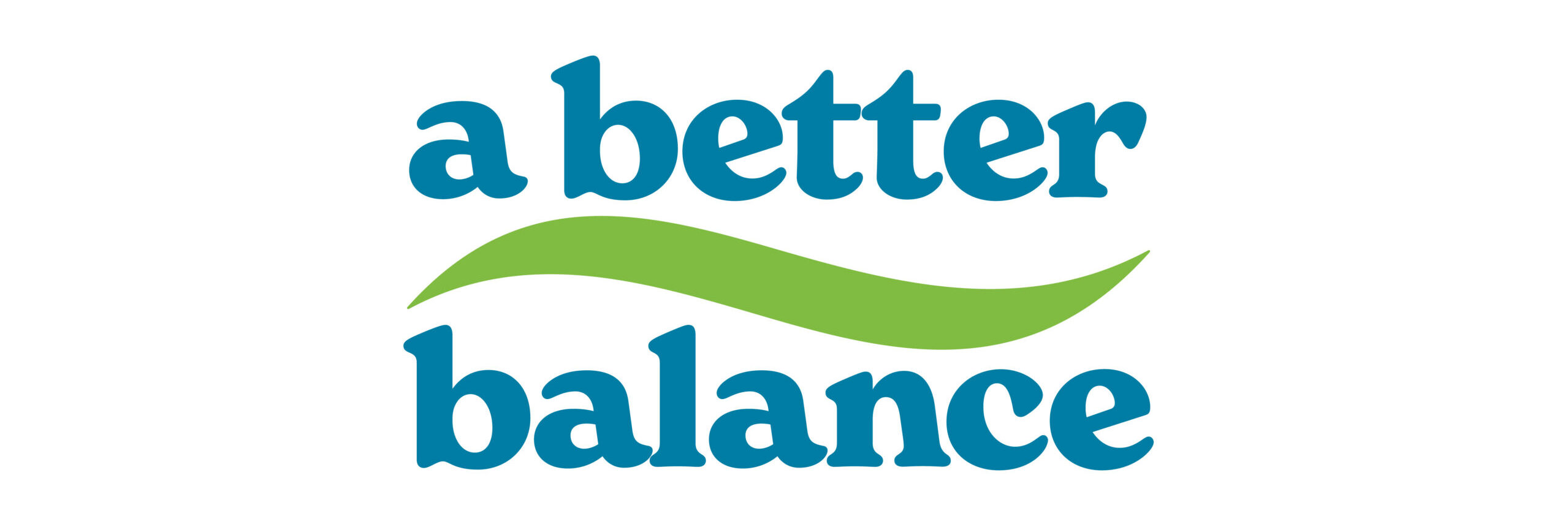By Jesse Workman
This article was originally published in the New York Law Journal.
This year, New York garnered national attention for implementing a “first-in-the-nation” prenatal leave law that provides pregnant workers with 20 hours of paid time off specifically for pregnancy-related appointments.
This expansion upon New York’s short-term sick time law went into effect at the beginning of 2025, and though it is a step toward tackling New York’s maternal health crisis, pregnant workers need reliable paid leave during pregnancy and when recovering from childbirth.
The addition of 20 hours of prenatal leave addresses a narrow need to attend appointments while leaving larger, systemic failures in the state’s core medical leave program—called Temporary Disability Insurance (TDI)–completely untouched. While this new policy represents a welcome acknowledgment of the unique needs of pregnant workers, it masks a deeper problem: TDI remains frozen in time, having not been updated since 1989.
New York is one of 14 states (including D.C.) that provide family and medical leave benefits for its workers. Unlike most states with paid family and medical leave programs, in New York, TDI and Paid Family Leave (PFL) are distinct programs with different benefit levels and protections. New York’s PFL program–enacted in 2016 as the fourth in the country–provides up to 12 weeks of job-protected leave to bond with a new child or care for a seriously ill family member, with benefits covering up to 67% of a worker’s average weekly wage, capped at $1,177 per week (67% of the state average weekly wage). PFL is fully funded through employee payroll deductions (employers do not contribute) and includes job protection, anti-retaliation provisions, and health insurance continuation protections.
In contrast, TDI, which provides workers with benefits when they have a serious health condition–a lifeline for New Yorkers who are pregnant or recovering from childbirth—has not been meaningfully updated in more than 35 years. Originally enacted in 1949, TDI’s maximum benefit has remained unchanged since 1989, capping benefits for a worker’s own serious illness at just $170 per week, compared to the cap of $1,177 per week for PFL when a worker is bonding with a new child or caring for a seriously ill family member.
TDI also lacks fundamental safeguards: it does not include job protection and reinstatement rights, guaranteed continuation of health insurance, or the flexibility to take leave intermittently–in separate blocks of time (necessary for effectively addressing many health issues, e.g. cancer treatments) rather than all at once. This severely outdated program is functionally unusable for most low- and middle-income workers in New York, particularly those in the food, retail, and hospitality industries, who often don’t have access to employer-provided benefits and rely upon this program to stay afloat when pregnant or navigating a serious illness or injury.
Despite New York’s early status as a leader on leave, in 2025, the state of New York’s TDI program tells a different story. All of the 14 states that have enacted paid family and medical leave programs of their own provide significantly more robust medical leave benefits than New York’s TDI program. For example, in New Jersey medical leave benefits are currently capped at $1,081 a week; Connecticut: $981, and Massachusetts: $1,170. Not only are the benefit levels roughly six times that of New York’s, our neighboring states have modernized programs with protections that better meet the needs of today’s workforce. New York’s outdated approach is no longer acceptable.
The gap between New York’s PFL and TDI programs is particularly troubling given that roughly one-third of TDI claims in New York are pregnancy-related. The TDI program itself acknowledges a presumption of need during pregnancy, entitling workers to four weeks of leave before a due date and six to eight weeks following childbirth, depending on delivery method. Additional leave is available with documentation of medical necessity.
For many pregnant and postpartum New Yorkers, TDI is the only available safety net for extended time off to prepare for and recover from childbirth, manage complications during and after pregnancy, or address postpartum mental health conditions such as perinatal mood and anxiety disorders (PMADs). But a weekly benefit of $170 is not enough to cover basic living expenses, let alone provide stability during a medically vulnerable time. Moreover, the lack of job protection and continuation of health insurance burdens workers in need with difficult financial and health-related choices when already dealing with a serious health condition. While New York’s separate prenatal leave law provides 20 hours of time off, that law fails to address the need for time off at the end of pregnancy and immediately after birth, let alone the needs of those with complicated pregnancies, who often need additional time off to manage their health. This gap in New York law exacerbates the very real and ongoing struggles of pregnant workers across the state.
At A Better Balance, through our free and confidential legal helpline, we regularly hear from workers across New York State who need paid medical leave during pregnancy, childbirth recovery, or pregnancy loss. Almost universally, they express disbelief that TDI—New York’s only option for extended medical leave—offers such paltry support.
Kolandro, a pregnant retail worker in New York, faced housing instability after being forced to rely on TDI. Lee was fired while recovering from a complicated childbirth and lost critical health insurance coverage. Cathy, whose newborn son tragically passed away just six days after birth, was told she would receive only $170 a week under TDI—with no job protection—instead of the much stronger benefits she had been receiving under PFL. These are not isolated incidents; the struggle of New Yorkers who rely on TDI are common, and such hardship is a predictable outcome of a program that has not been updated in more than 35 years.
The severe and harmful limitations in New York’s TDI laws are reflected in data regarding low usage of the benefit, especially as compared to usage of the separate PFL program to bond with a new child. Given the drastic difference in benefit levels and protections between TDI and PFL, it is no surprise that in 2021, fewer than half of new mothers and birthing parents who used Paid Family Leave also accessed TDI—even though they were entitled to both benefits and could have extended their overall leave to take time off before childbirth, recover after childbirth, and address other postpartum-related health concerns. The reason for this under-utilization of New York’s TDI program is clear: Workers simply cannot afford to take leave under a program that offers just $170 per week with no job security or continuation of health insurance.
To fully support pregnant, birthing, and postpartum New Yorkers—and improve maternal and perinatal health outcomes—an overhaul to the TDI program must be a priority. Failing to modernize TDI furthers harmful perinatal health outcomes and perpetuates deeply entrenched racial and economic inequities. In New York, for example, Black women are more than four times more likely to die from pregnancy-related causes than white women and face significantly higher rates of severe maternal morbidity. Structural racism, implicit bias in medical care, and unequal access to quality care are all contributing factors in New York to racial disparities in maternal and reproductive health—but so too are economic insecurity and overwork during pregnancy.
Research also shows that paid leave reduces the risk of poor perinatal and infant health outcomes by lowering rates of premature birth, low birthweight, and postpartum depression—key contributors to both maternal and infant health disparities. Reforming New York’s TDI program, including raising benefit levels to match PFL, providing job protection, and ensuring continued health insurance coverage would ease the financial stress that has the potential to undermine health during and after pregnancy. Recent data from the CDC shows that more than 80% of pregnancy-related deaths are preventable. The failure to modernize TDI in New York is not merely a legislative oversight—it is a public health issue.
In June of this year, the New York Assembly again failed to pass Assembly Bill A-84, legislation sponsored by Assemblymember Solages that would make basic common-sense reforms to New York’s TDI program so that workers can once again rely on it. The bill, which received bipartisan support from 89 co-sponsors in the Assembly, would modernize TDI by raising the benefit amount to match that of PFL, and adding job protection, continuation of health insurance, and intermittent leave. A-84’s identical companion bill, Senate Bill S-172, passed through the Senate without issue earlier this year. Though the Governor championed TDI reform in her executive budget in 2024, this year’s 2025 Executive budget was notably absent of any mention of modernizing New York’s paid medical leave program.
New York’s 20-hour prenatal leave law is an important step in supporting pregnant workers—but it is not enough. New Yorkers urgently need a paid medical leave program that workers can use without risking their job, income, or health care coverage. Without the comprehensive TDI reform imagined by A-84/S-172, pregnant workers in New York—especially Black women and other women of color, and low-income workers—will continue to fall through the cracks of a broken safety net.
New York once served as a leader in the nation on paid leave, as one of the early adopters of paid family leave. It’s time to lead again—by bringing its paid medical leave program into the 21st century. Anything less is not only inadequate; it is unjust.
Reprinted with permission from the August 25, 2025 edition of the New York Law Journal © 2025 ALM Global Properties, LLC. All rights reserved. Further duplication without permission is prohibited, contact 877-256-2472 or asset-and-logo-licensing@alm.com for more info.

